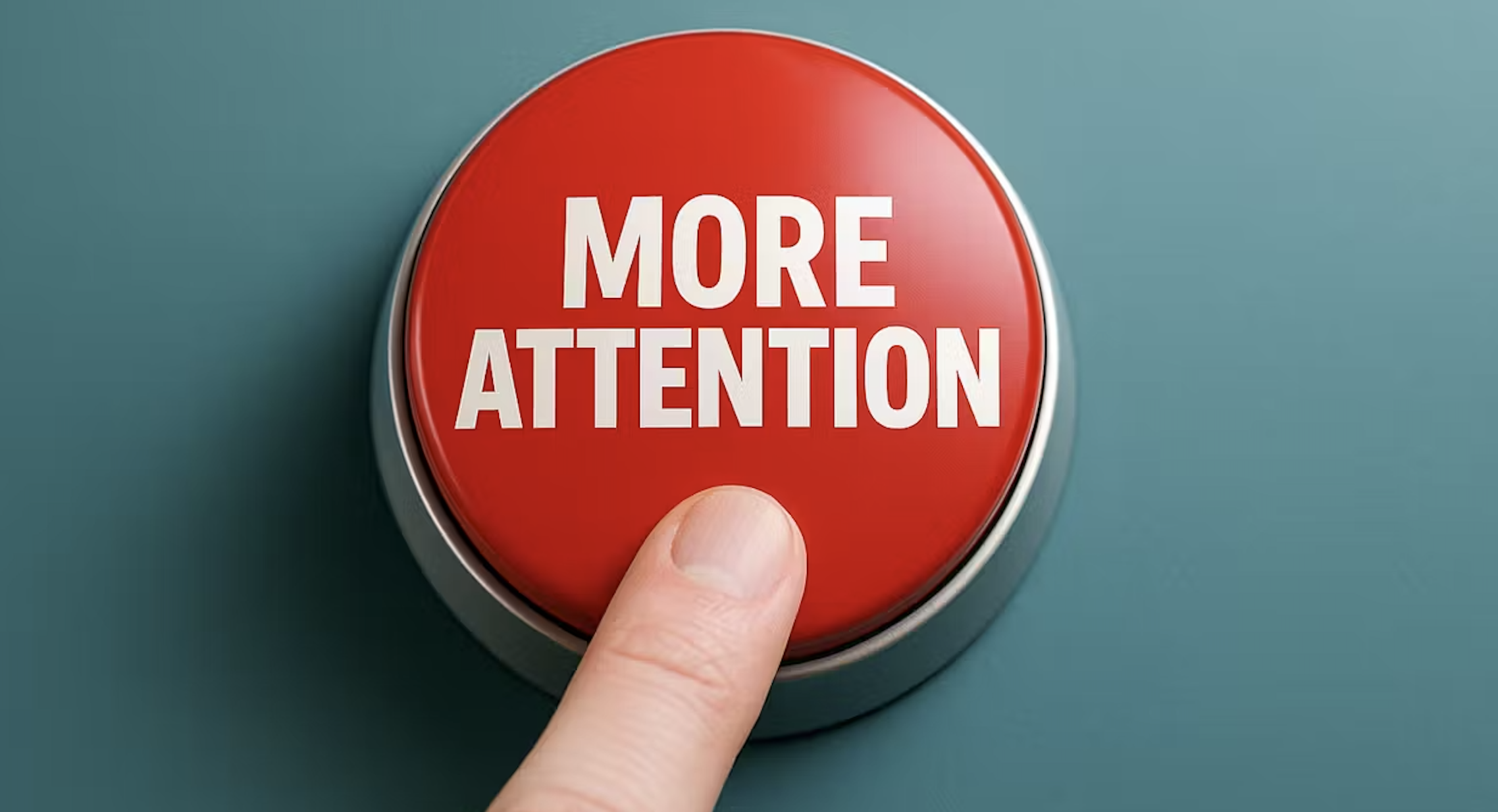How to Adjust Your Marketing Strategies in the Face of Coronavirus
Let’s get this out of the way first. The most important thing to consider during this time of crisis is the safety of our families, our employees, and our community. Period. This isn’t the time to exploit a difficult situation for profit. It’s a public health crisis.
That being said, you can’t just turn off your business until things get better. That could lead to an even greater impact – not just to your bottom line, but to your employees, your suppliers, and even your customers. While mitigating the public health impact of this crisis is paramount, we want to help you make sure that you’re being smart about your budgets and strategies so you can come out on the other end in the best possible position.
Although there is no silver bullet, we would like to share some recommendations from our specialists on ways to help you adjust your marketing strategies in order to weather this storm.
Paid Media
More people working from home will likely translate to increased media usage. Unless you are in an industry directly impacted by short-term changes in consumer behavior (e.g., hospitality, luxury, entertainment), maintaining your media spend is prudent due to the well-validated relationship between share of voice and share of market. Monitor conversion metrics of paid search traffic to identify any changes in the pulse of consumers. Lastly, keep an eye on how the competition is using media. Situations like this can elicit competitive reactions that may be opportunistic and/or require a short-term response.
Creative
It’s a good time to review and audit creative that is currently in market or about to launch, to make sure that the messaging is sensitive to the current and ongoing situation. If you notice anything that may seem problematic (even slightly), you may want to pause it or replace it with alternative creative.
Social Media
Since social media content is often scheduled weeks or even months in advance, we recommend looking at your current content calendar or scheduled posts for anything that may be misconstrued as unsympathetic or attempting to leverage current events. When a crisis like this happens, consider all currently slated content through the lens of the change, and consider whether A) the content still makes sense or B) your audience could interpret the message in any way other than you originally intended. For example, one of our clients sells vehicles that fit two people, and our social copy often urges readers to “grab a friend and hit the road.” We’ve considered not promoting those products or changing the messaging for posts in the wake of social distancing recommendations.
Event Marketing
If you’re dealing with the cancellation of events and tradeshows that you rely on for leads, you may want to consider moving some of that budget toward the development of online lead generation content such as webinars, whitepapers, and other content formats. But be careful when assessing how to transition content that was meant for an in-person interaction into the digital space. You can’t just repurpose your product highlight reel and expect it to capture your customer’s attention. While you often have a captive audience during a tradeshow or event, there’s a lot more competition for attention online – so your content needs to really stand out. Instead of content that’s just an information dump about your product or service, try exploring more interactive formats that allow customers to ask questions and get answers in real time.
Digital Strategy
With more people working from home and avoiding physical stores during this crisis, your approach to serving your customers online is going to be more important than ever – and will inevitably end up reshaping how your customers think of their relationship with you. But while some organizations will just update their homepage with crisis messaging, you need to realize that any page on your website could be the first page a user sees. Because of that, you need to review all of the ways people might be trying to access information. To make sure you’re addressing your customers’ concerns and questions no matter where they land, review your website FAQ page for timeliness and accuracy, increase availability of your online chat, and (if it’s not already on your product roadmap) consider looking into an AI-driven chatbot to bridge the gaps when your CSR team isn’t available.
Internal Communications
The most important thing is to ensure regular communication and full transparency in your internal communications. Employees would rather hear that you are working on a plan than hear nothing at all. Let them know you are concerned for their well-being and those close to them and will put actions in place that speak to this.
Public Relations
When it comes to your public relations efforts, this isn’t the time to be actively pitching stories related to coronavirus– even if you see a tie-in to the product or service you sell. However, it is important to be prepared to speak to the press about your efforts to deal with the virus in case you get any media inquiries.
Brand Strategy
The best thing you can do for your brand is understand what your customers are feeling about the current situation and be responsive to their needs. This means actively listening to their concerns and taking immediate action if necessary. By being the brand that was there for your customers, you’ll build value that stays long after the uncertainty has passed.
An effective way to communicate what your organization is doing during the pandemic is through email. In this case, there’s no such thing as too much communication. Here you can explain how you are keeping customers safe, dealing with supply chain issues, or setting preventive measures, or other steps you’re taking. Emails are a quick and nimble way to reach existing customers. Keep in mind, though, that email communication during this time isn’t normal. And it shouldn’t feel normal. Avoid using anything that feels like a recycled past template. Keep it simple. Function over form. You could create a series of customized video “messages from our CEO.” You could create a special series of informative tips. Let’s hear directly from those in charge about how they are dealing with the current issue. Be nimble. React to current news, and you’ll keep it fresh and useful.
Regardless of what industry you’re in, this is likely uncharted territory for your organization. And while the strategies mentioned here may help you mitigate some of the effects of the crisis, the best thing you can do is stay informed and ready to respond at a moment’s notice. Because, whether in business or in life, a proactive approach to dealing with these types of challenges can make a world of difference.
From all of us at Gravity, take care of yourselves.


